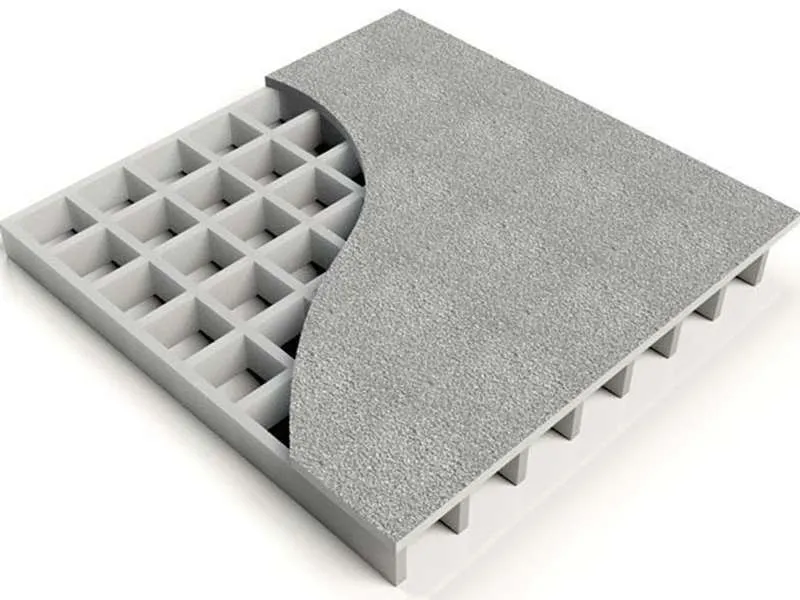
-
 Afrikaans
Afrikaans -
 Albanian
Albanian -
 Amharic
Amharic -
 Arabic
Arabic -
 Armenian
Armenian -
 Azerbaijani
Azerbaijani -
 Basque
Basque -
 Belarusian
Belarusian -
 Bengali
Bengali -
 Bosnian
Bosnian -
 Bulgarian
Bulgarian -
 Catalan
Catalan -
 Cebuano
Cebuano -
 China
China -
 China (Taiwan)
China (Taiwan) -
 Corsican
Corsican -
 Croatian
Croatian -
 Czech
Czech -
 Danish
Danish -
 Dutch
Dutch -
 English
English -
 Esperanto
Esperanto -
 Estonian
Estonian -
 Finnish
Finnish -
 French
French -
 Frisian
Frisian -
 Galician
Galician -
 Georgian
Georgian -
 German
German -
 Greek
Greek -
 Gujarati
Gujarati -
 Haitian Creole
Haitian Creole -
 hausa
hausa -
 hawaiian
hawaiian -
 Hebrew
Hebrew -
 Hindi
Hindi -
 Miao
Miao -
 Hungarian
Hungarian -
 Icelandic
Icelandic -
 igbo
igbo -
 Indonesian
Indonesian -
 irish
irish -
 Italian
Italian -
 Japanese
Japanese -
 Javanese
Javanese -
 Kannada
Kannada -
 kazakh
kazakh -
 Khmer
Khmer -
 Rwandese
Rwandese -
 Korean
Korean -
 Kurdish
Kurdish -
 Kyrgyz
Kyrgyz -
 Lao
Lao -
 Latin
Latin -
 Latvian
Latvian -
 Lithuanian
Lithuanian -
 Luxembourgish
Luxembourgish -
 Macedonian
Macedonian -
 Malgashi
Malgashi -
 Malay
Malay -
 Malayalam
Malayalam -
 Maltese
Maltese -
 Maori
Maori -
 Marathi
Marathi -
 Mongolian
Mongolian -
 Myanmar
Myanmar -
 Nepali
Nepali -
 Norwegian
Norwegian -
 Norwegian
Norwegian -
 Occitan
Occitan -
 Pashto
Pashto -
 Persian
Persian -
 Polish
Polish -
 Portuguese
Portuguese -
 Punjabi
Punjabi -
 Romanian
Romanian -
 Russian
Russian -
 Samoan
Samoan -
 Scottish Gaelic
Scottish Gaelic -
 Serbian
Serbian -
 Sesotho
Sesotho -
 Shona
Shona -
 Sindhi
Sindhi -
 Sinhala
Sinhala -
 Slovak
Slovak -
 Slovenian
Slovenian -
 Somali
Somali -
 Spanish
Spanish -
 Sundanese
Sundanese -
 Swahili
Swahili -
 Swedish
Swedish -
 Tagalog
Tagalog -
 Tajik
Tajik -
 Tamil
Tamil -
 Tatar
Tatar -
 Telugu
Telugu -
 Thai
Thai -
 Turkish
Turkish -
 Turkmen
Turkmen -
 Ukrainian
Ukrainian -
 Urdu
Urdu -
 Uighur
Uighur -
 Uzbek
Uzbek -
 Vietnamese
Vietnamese -
 Welsh
Welsh -
 Bantu
Bantu -
 Yiddish
Yiddish -
 Yoruba
Yoruba -
 Zulu
Zulu
frp settler
The FRP Settler Revolutionizing Resource Management and Sustainability
In the ever-evolving landscape of resource management and sustainability, the concept of the FRP (Fiber Reinforced Polymer) settler has emerged as a significant innovation. The FRP settler integrates advanced materials with modern engineering principles to provide efficient and cost-effective solutions for various industrial applications, particularly in the fields of wastewater treatment, water purification, and mineral processing.
Understanding FRP Technology
Fiber Reinforced Polymers are composite materials made from a polymer matrix reinforced with fibers, typically glass, carbon, or aramid. This combination results in a material that boasts high strength-to-weight ratios, excellent corrosion resistance, and longevity. Given these properties, FRP has gained immense popularity in industries that require durable and lightweight components.
The FRP settler utilizes this technology to enhance separation processes. In wastewater treatment facilities, for example, the need for effective settling tanks is crucial. Traditional settling tanks made of concrete or steel can corrode over time, leading to increased maintenance costs and reduced efficiency. By incorporating FRP into the design of settlers, facilities can benefit from lighter structures that resist corrosion, thereby extending the lifespan of the equipment.
Applications of the FRP Settler
The applications of the FRP settler are expansive. In the mining industry, it plays a vital role in the mineral processing phase, where separation of valuable minerals from unwanted materials is essential. Utilizing an FRP settler allows for more efficient sedimentation, which can lead to higher recovery rates of minerals and less environmental impact.
frp settler

Moreover, in wastewater treatment facilities, FRP settlers contribute to enhanced sedimentation processes. They can be tailored to specific needs, allowing for the optimization of separation based on the type of wastewater being treated. This flexibility not only improves operational efficiency but also reduces the environmental footprint of the treatment process.
Benefits of FRP Settlers
The benefits of utilizing FRP settlers are manifold. Firstly, their resistance to corrosion significantly decreases the maintenance costs, leading to lower overall operational expenses. Secondly, the lightweight nature of FRP allows for easier installation and transport, reducing the time and input costs associated with traditional settling systems. Additionally, the ability to customize these settlers according to specific application requirements ensures that industries can achieve optimal performance metrics.
Furthermore, FRP materials can be designed to handle various chemical exposures, making them suitable for a wide array of industrial environments. This adaptability enhances the settler's versatility and broadens its market potential, making it a desirable choice for industries aiming for sustainable operations.
Conclusion
As industries continue to grapple with challenges related to resource management and environmental sustainability, innovations like the FRP settler reveal the potential for more efficient and effective solutions. By leveraging the unique properties of Fiber Reinforced Polymers, the FRP settler not only addresses the immediate needs of resource extraction and waste treatment but also aligns with broader goals of reducing environmental impact.
In conclusion, the introduction of FRP settlers represents a significant advancement in industrial technology, offering substantial advantages over conventional methods. As awareness of environmental issues grows, technologies that fuse efficiency with sustainability will play a crucial role in shaping the future of industries worldwide. The FRP settler stands as a testament to how innovation can drive positive change within our approach to resource management and environmental responsibility.
Latest news
-
Exploring the Benefits of Top Hammer Drifter Rods for Enhanced Drilling PerformanceNewsJun.10,2025
-
High-Precision Fiberglass Winding Machine for GRP/FRP Pipe Production – Reliable & Efficient SolutionsNewsJun.10,2025
-
FRP Pipes & Fittings for Shipbuilding - Corrosion-Resistant & LightweightNewsJun.09,2025
-
Premium FRP Flooring Solutions Durable & Slip-ResistantNewsJun.09,2025
-
Premium Fiberglass Rectangular Tanks Durable & Lightweight SolutionNewsJun.09,2025
-
Tapered Drill String Design Guide Durable Performance & UsesNewsJun.09,2025









